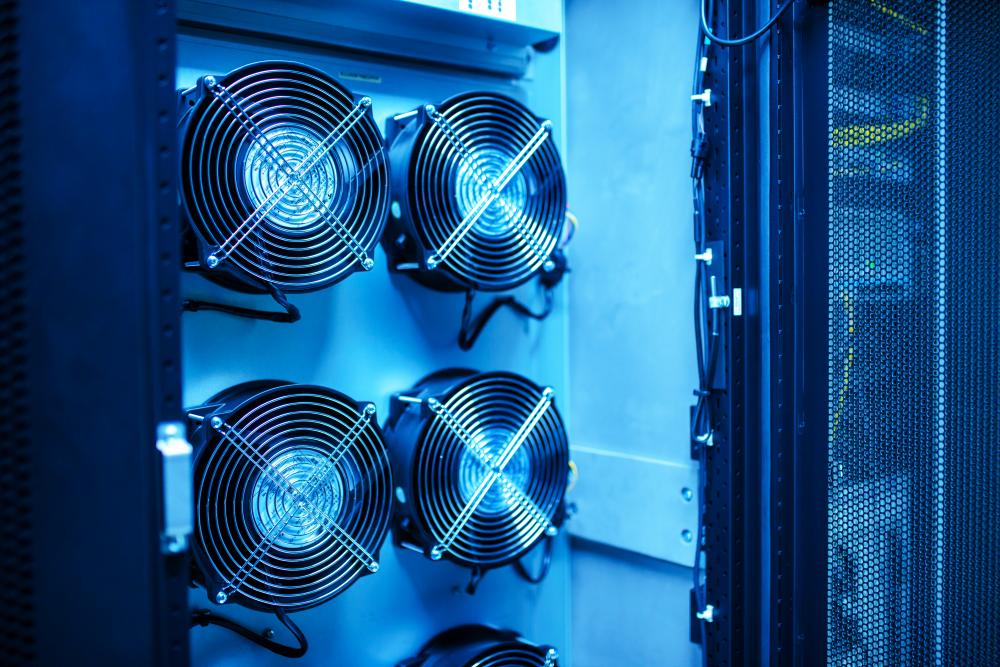Understanding Cryptocurrency Mining Equipment Basics
Cryptocurrency mining has evolved significantly since its inception, growing from a hobbyist's activity into a full-fledged industry. The cryptocurrency mining equipment market has adapted to this growth with rapid technological advancements, offering a variety of solutions to enhance mining efficiency. To thrive in this competitive landscape, understanding the types of equipment and their functionalities is crucial for potential miners.
At the core, miners are tasked with solving complex mathematical puzzles to validate transactions on the blockchain. This requires robust hardware, often in the form of Application-Specific Integrated Circuits (ASICs), designed specifically for this task. For those interested in Bitcoin, the SHA-256 algorithm's efficiency is paramount, whereas other altcoins might require different algorithms like Ethash or Scrypt.
Miners must balance cost, energy consumption, and processing power. High-performing ASICs can generate substantial returns, but they come at a price, both financially and environmentally. The energy consumption of cryptocurrency mining equipment is a key consideration for profitability, as electricity costs can significantly impact the bottom line.
How to Choose the Right Cryptocurrency Mining Equipment
There's more to selecting cryptocurrency mining equipment than merely picking the most powerful machine. As someone who's been in the industry for over 20 years, I've learned to evaluate several factors:
- Hash rate: This directly affects mining capacity; the higher the hash rate, the better.
- Energy efficiency: Equipment with a low joules per terahash (J/T) ratio offers better returns on energy consumption.
- Cost: Initial investment and potential return must be weighed carefully to ensure profitability.
- Durability: Reliable hardware can withstand the rigors of constant mining operations.
Consider your electricity cost and climatic conditions too. Mining generates considerable heat, so your region's temperature can affect cooling costs. With the right strategy, choosing the proper equipment can significantly enhance potential profits.
Innovative Techniques for Efficient Mining Operations
In my professional experience, staying ahead in the mining game requires embracing innovation. Beyond using cutting-edge cryptocurrency mining equipment, innovative practices can optimize operations:
One effective approach is immersion cooling. By submerging mining rigs in a dielectric coolant, you can significantly lower temperatures, boosting equipment longevity and efficiency. The reduced thermal strain ensures your ASICs operate at peak performance.
Another practice involves utilizing renewable energy sources. Mining's high energy demands can be mitigated by tapping into solar, wind, or hydroelectric power, reducing operational costs and lessening environmental impact. As regulations around crypto mining tighten, sustainable practices could be a decisive factor in the industry's future.
What Are the Common Challenges with Cryptocurrency Mining Equipment?
Cryptocurrency mining, while lucrative, presents its own set of challenges. Equipment costs, energy consumption, and rapid technological changes can hamper profitability. Let's explore some solutions:
- Calculate your potential return on investment before purchase to make informed decisions.
- Stay updated on technological advancements to ensure your hardware isn't quickly obsolete.
- Adapt your setup to optimize energy consumption, including the use of alternative energy sources.
- Utilize data analytics to monitor equipment performance and anticipate maintenance needs.
Addressing these issues head-on can help miners remain competitive and sustain profitability in the face of fluctuating cryptocurrency values.
The Future of Cryptocurrency Mining Equipment
As the cryptocurrency industry evolves, so too does the landscape of mining hardware. The advent of quantum computing and AI promises to reshape mining efficiency and security. Companies continue to push the boundaries of what's possible with ASICs, releasing ever more powerful and energy-efficient models.
Additionally, the integration of AI into cryptocurrency mining equipment could revolutionize algorithmic efficiency, allowing for smarter and more adaptive mining operations. While the future is uncertain, one thing is clear: innovation will continue to drive the industry forward, maintaining its dynamic and competitive nature.

